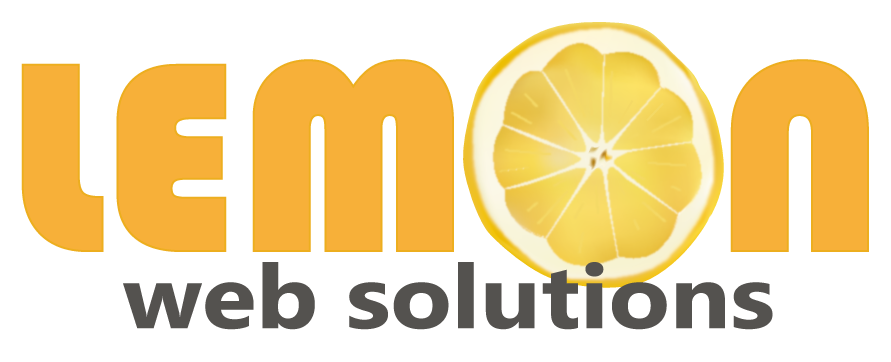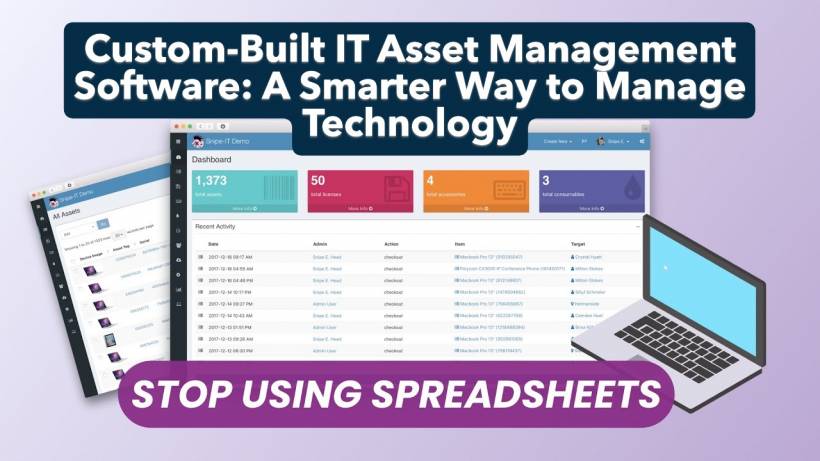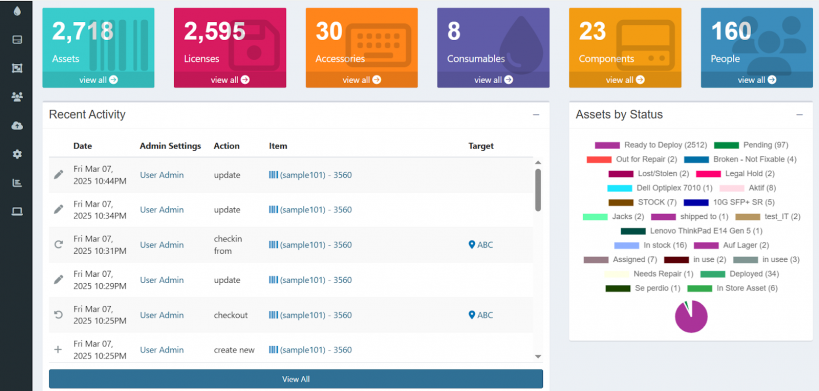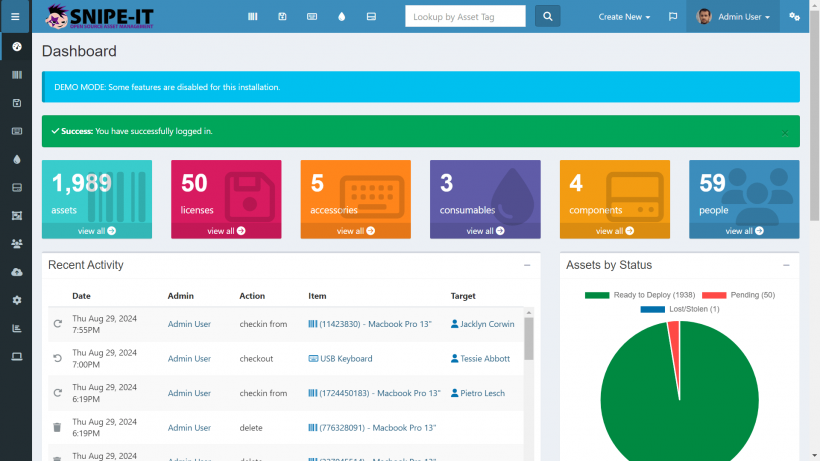Managing IT assets in a modern organization isn't just about knowing who owns what laptop or when a server warranty expires. It's about control, visibility, and accountability. That's exactly what inspired the creation of my custom-made web-based IT Asset Management Software, built from the open-source foundation of Snipe-IT—and then evolved far beyond its default capabilities.
The Starting Point: Snipe-IT as the Core Engine
Snipe-IT has long been recognized as one of the most flexible open-source IT asset management platforms. It provides a clean interface for tracking hardware, software licenses, peripherals, consumables, and accessories. When I began this project, Snipe-IT served as the perfect starting point: stable, open-source, and well-structured.
But, like many open-source tools, it didn't fully match my organization's real-world needs. That's where the fun began. I started customizing it extensively—rewriting parts of the codebase, extending modules, and integrating new features that align with how IT departments actually function day-to-day.
Why Go Custom Instead of Commercial?
You might ask, "Why not just subscribe to a commercial IT asset management platform?" The answer is simple—flexibility and ownership. Many commercial tools are rigid, expensive, and filled with features that sound impressive on paper but don't match your actual workflow.
By taking Snipe-IT as the foundation, I had complete freedom to modify its logic, enhance its reporting, and connect it to internal systems. No per-user license fees, no data lock-in, and no limitations on how I could extend it. It's a solution made for IT teams, by someone who actually runs IT operations.
Web-Based Simplicity: Accessible Anytime, Anywhere
Being web-based, the system is accessible across all devices—desktop, tablet, or mobile browser. This is particularly helpful for technicians working in the field. They can log in, scan an asset tag, update the record, or mark a hardware replacement instantly.
There's no need for VPN or complicated installations. As long as they have access to the intranet (or external access if permitted), they can perform asset updates on the fly.
Tracking Every Asset, From Servers to Keyboards
The customized system tracks every conceivable asset category—desktops, laptops, network devices, printers, servers, software licenses, and even smaller peripherals like mice and cables. Each asset record includes details such as model, serial number, warranty status, assigned user, purchase cost, and location.
The biggest advantage of this customization is granularity. For example, you can now filter assets by department, project, or cost center—something that was cumbersome in the default Snipe-IT setup.
Custom Fields and Smart Search Capabilities
One of the most requested features from users was the ability to add custom fields. In my modified version, administrators can dynamically define new fields for each asset category. For instance, servers may have "Rack Location" and "IP Address" fields, while laptops could have "BitLocker Recovery Key" and "User Login ID."
The search feature has also been overhauled. Instead of relying on simple keyword matches, it now supports advanced filtering—so users can combine multiple criteria like location, asset type, and warranty status in a single query.
User Access Control and Security Enhancements
Security was a top priority in this project. I've enhanced the original role-based access system to allow finer control over permissions. Department heads can view and manage assets assigned to their teams without accessing global data.
Every change is logged with timestamps, usernames, and action details. This creates a transparent audit trail for compliance and accountability—especially critical during audits or when investigating hardware discrepancies.
Integration with Helpdesk and Procurement Systems
The custom version doesn't operate in isolation. It integrates with the organization's helpdesk ticketing system, automatically linking assets to incidents or service requests. This helps IT support teams quickly identify which device is having recurring issues or whether a replacement might be due.
On the procurement side, the system ties into purchasing data, so when new hardware arrives, the asset records are auto-generated with vendor details, PO numbers, and cost data. This reduces manual entry and ensures financial consistency between IT and procurement teams.
Real-Time Dashboard and Reports
A completely revamped dashboard now offers at-a-glance insights: how many assets are currently assigned, how many are due for replacement, and which warranties are expiring soon.
I also built a new reporting engine that can generate custom Excel or PDF exports based on user-selected criteria. Managers can quickly generate reports for board meetings, audits, or budget planning with just a few clicks.
Multi-User Customization for Different Departments
One of the biggest strengths of this system is how it adapts to each department's workflow. Since the software is open source and self-hosted, I could create user-specific modules—for instance, a Biomedical Engineering department can use it to track medical equipment, while IT focuses on laptops and network gear.
Each department sees only what's relevant to them, but the backend still aggregates everything for the IT admin overview.
Continuous Improvements and Community Feedback
Because the system is built on open-source foundations, updates are continuous. I regularly implement feedback from users—sometimes as small as a UI tweak, other times as major as an entirely new module for tracking vendor maintenance contracts.
The open-source nature also means I can merge improvements from newer Snipe-IT releases while keeping all my local enhancements intact.
Hosting and Maintenance
The application runs on a secured LAMP stack (Linux, Apache, MySQL, PHP) with SSL encryption enforced across all sessions. Regular backups and cron jobs ensure database integrity and minimal downtime.
Being web-based also means patches can be applied centrally—no need for client-side updates. This dramatically reduces maintenance overhead and ensures everyone is always using the latest version.
The Result: Control, Transparency, and Efficiency
In the end, this custom-built IT Asset Management Software transformed how our IT department operates. Instead of spreadsheets scattered across shared drives, everything is centralized, searchable, and accountable.
From managing equipment lifecycle to tracking warranties and automating procurement links, it's an end-to-end ecosystem that saves time, improves data accuracy, and enhances operational efficiency—all while remaining cost-effective thanks to its open-source roots.






